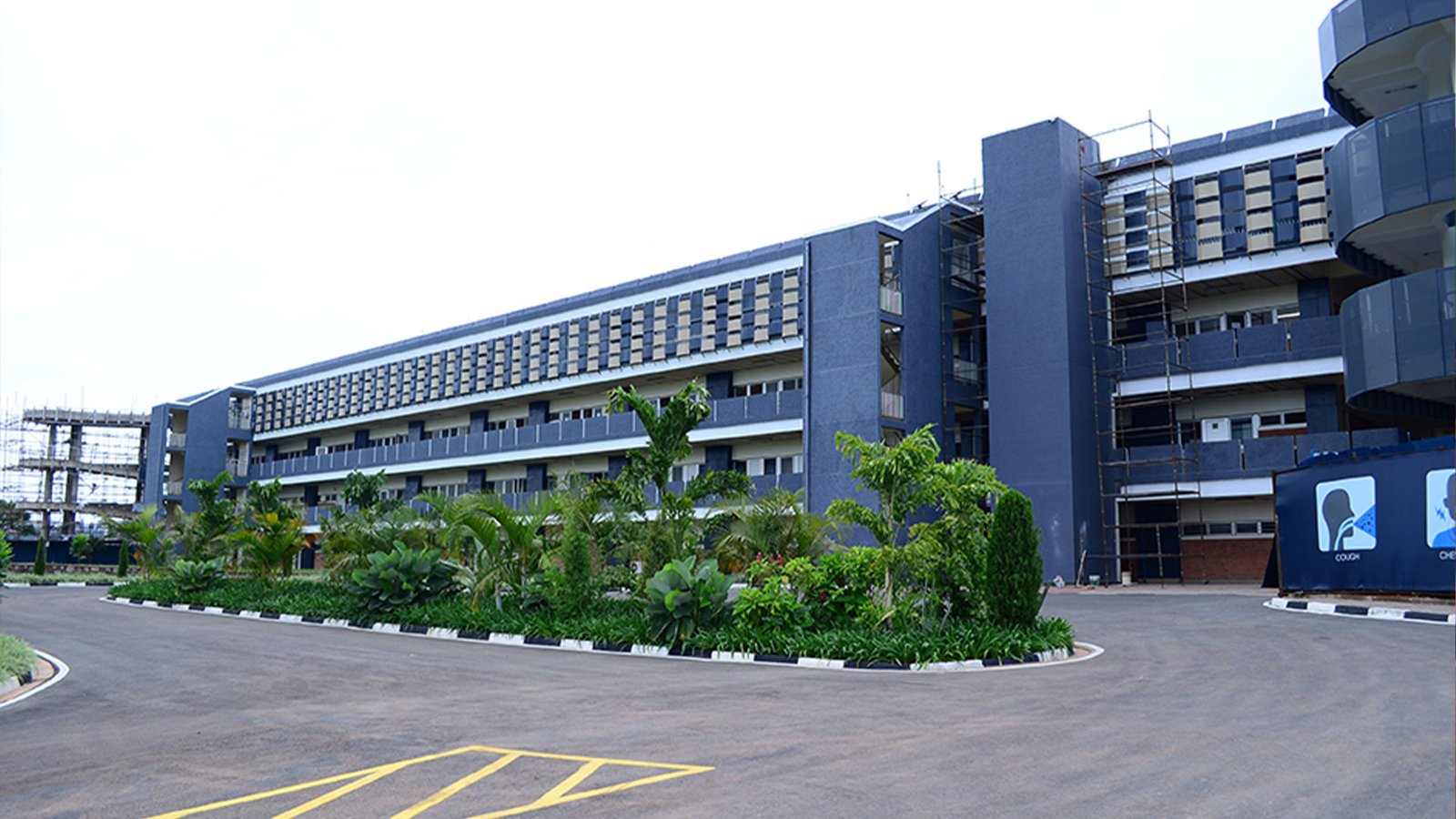As Rwanda rapidly urbanizes and expands its national infrastructure agenda, a quiet but powerful shift is reshaping how construction projects get delivered: the rise of labor subcontracting. From road networks and industrial parks to hospitals and schools, the demand for skilled, project-ready construction workers has never been higher. At the heart of this demand is a growing reliance on specialized labor subcontractors; companies dedicated to sourcing, training, managing, and deploying construction labor.
In this article, we explore how Rwanda’s infrastructure boom is fueling the labor subcontracting industry; and why developers, contractors, and public agencies are increasingly embracing this model.
A Nation Under Construction
Rwanda’s Vision 2050 and the National Strategy for Transformation (NST1 & NST2) position infrastructure development as a key driver of economic growth. Major public and private investments are being directed toward urban road upgrades in Kigali and secondary cities, the development of industrial parks and manufacturing hubs such as Bugesera and the Kigali Special Economic Zone (SEZ), and the expansion of critical health and education facilities including King Faisal Hospital and Green Hills Academy. Additionally, the country is embracing smart city technologies, modern drainage systems, and integrated transport infrastructure like the highly anticipated cable cars and Kigali Ring Road project, the Kigali Urban Transport
Improvement Project (KUTI), and the expansion of the Kigali-Muhanga road. These large-scale projects are not only ambitious in scope but also operate on tight timelines, requiring high levels of precision;
particularly in the coordination and deployment of skilled human resources on site.
Why Labor Subcontracting Is On the Rise
1. Solves the Skilled Labor Shortage
While Rwanda has made great progress through TVET (Technical and Vocational Education and Training), most large contractors still struggle to access a large pool of site-ready, trained workers. Labor subcontractors bridge this gap.
2. Enables Flexibility
Projects vary in size, schedule, and location. Labor subcontracting gives developers the ability to scale their workforce up or down as needed, without long-term HR obligations.
3. Saves Time and Overhead
Recruiting, training, managing, and supervising workers is time-consuming. Labor-focused subcontractors like Resilience Professionals Ltd allow construction companies to focus on core technical work while outsourcing the labor component.
4. Improves Accountability
A professional labor subcontractor is responsible for worker discipline, safety, attendance, and performance; reducing risks for the main contractor.
The Role of Resilience Professionals
Founded in 2015 by a group of 23 engineering graduates, Resilience Professionals Ltd has grown to become Rwanda’s largest and most trusted labor subcontractor for infrastructure projects; specialized in HR and labor supply. The company specializes in supplying trained construction workers across a range of trades; including masons, carpenters, steel fixers, and machine assistants, and more with the capacity for rapid deployment to multi-site or time-sensitive projects. Resilience Professionals ensures full compliance with labor laws, safety regulations, and community engagement standards, while also maintaining a strong pipeline of talent through integration with Rwanda’s TVET system to support long-term, sustainable job creation. This has worked excellently on a wide range of major infrastructure developments across Rwanda, including the Bugesera Industrial Park, Kigali Infrastructure Project (KIP), urban road construction in Musanze and Rusizi, the Ruliba Clays factory project in Rugende, the expansion of Green Hills Academy, the renovation of King Faisal Hospital, the construction of Zaria Court Hotel in Kigali, RPF Gasabo HQ to name few. These projects reflect our proven ability to deliver skilled labor at scale, on time, and in alignment wit complex construction demands.
The Business Case for Labor Subcontracting
Let’s face it; time is money on any construction site. Delays caused by labor shortages, absence, or untrained workers can lead to costly overruns and potential contract penalties. This is where labor subcontracting becomes a strategic advantage. By partnering with a specialized subcontractor, recruitment time can be reduced by up to 75%, workforce reliability improves through the use of supervised teams, and HR management costs are significantly lowered through outsourced payroll, supervision, and safety compliance. Most importantly, it ensures full alignment with Rwanda’s labor code.
What to Look for in a Labor Subcontractor
If you’re a developer, project owner, or contractor in Rwanda, selecting the right labor supply partner can make or break your project timeline and quality. Key factors to consider include whether the provider offers TVET-certified and safety-trained workers, the ability to scale teams across multiple sites, the provision of ongoing supervision and attendance monitoring, and a solid track record on large-scale infrastructure projects.
Final Thoughts
Rwanda’s infrastructure sector is undergoing a rapid and ambitious transformation, driven by national development goals and increased investment in urban roads, industrial zones, healthcare, and education facilities. To meet the high demands of these projects; often complex, large-scale, and time-sensitive; top construction companies in Rwanda must rely on more than just materials and machinery. They need trusted, specialized partners in every aspect of project delivery, especially when it comes to labor.
Partnering with a dedicated labor subcontractor provides a significant strategic advantage. It ensures immediate access to a trained, safety-compliant workforce, accelerates project mobilization, enhances on-site productivity, and reduces administrative burdens related to recruitment, supervision, and payroll management. Most importantly, it helps maintain workforce stability, ensuring that your project stays on schedule and meets quality standards from start to finish.





